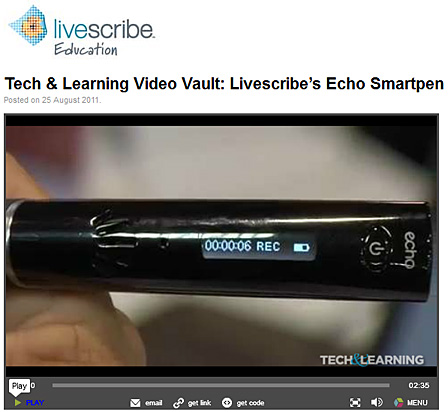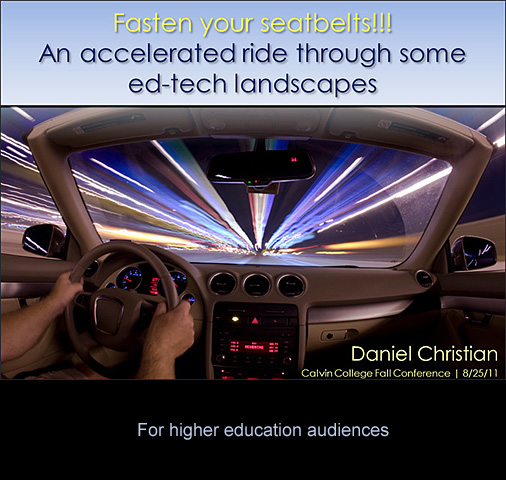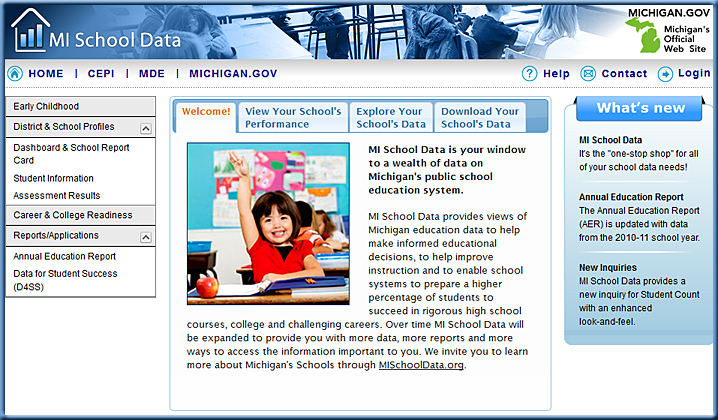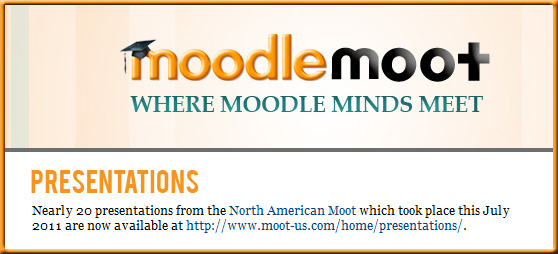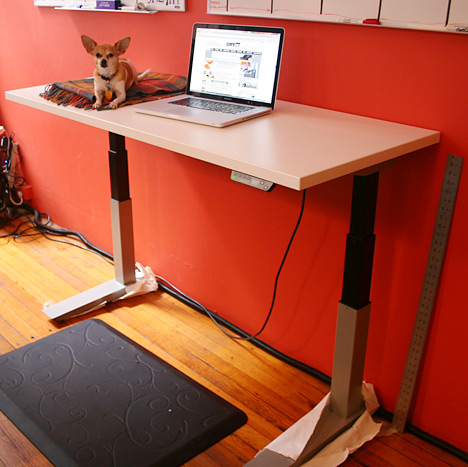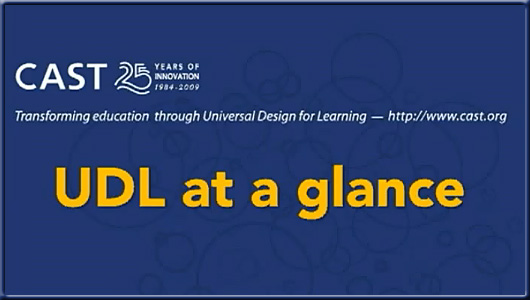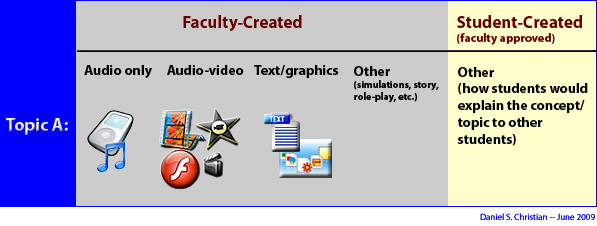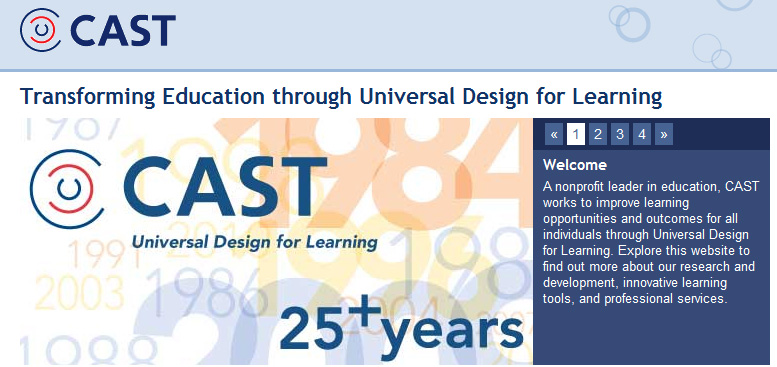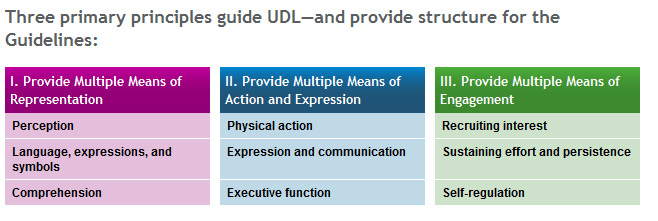From DSC:
Consumers’ expectations from entertainment may likely spill over into education
- Why the future of TV is all about personalization — from stunmedia.com
Excerpt:
Fueled by the explosive development of smartphones and tablets, video clip viewing routines have [been] forever modified. It’s no surprise that buyers, who have been speedy to embrace video clip providers like HBO GO, Netflix and Hulu, are now expecting a a lot more personalized, interactive and seamless viewing experience across their traditional TV, laptops, gaming consoles, and connected TVs, as well as on smartphones and tablets (emphasis DSC). Here, we’ll discuss the present state of personalised cell video and what customers can anticipate in the future.
From DSC:
In the near future, if I can see what I want on whatever device I want — and it’s personalized/customized for me — won’t that affect my expectations for other types of content that I want to review — such as educational content?
Yes…I think it will. Whatever discipline I want, on whatever device I want, whenever I want it — available 24x7x365 with online tutoring available (which may or may not be from the same organization that posted the original content).









